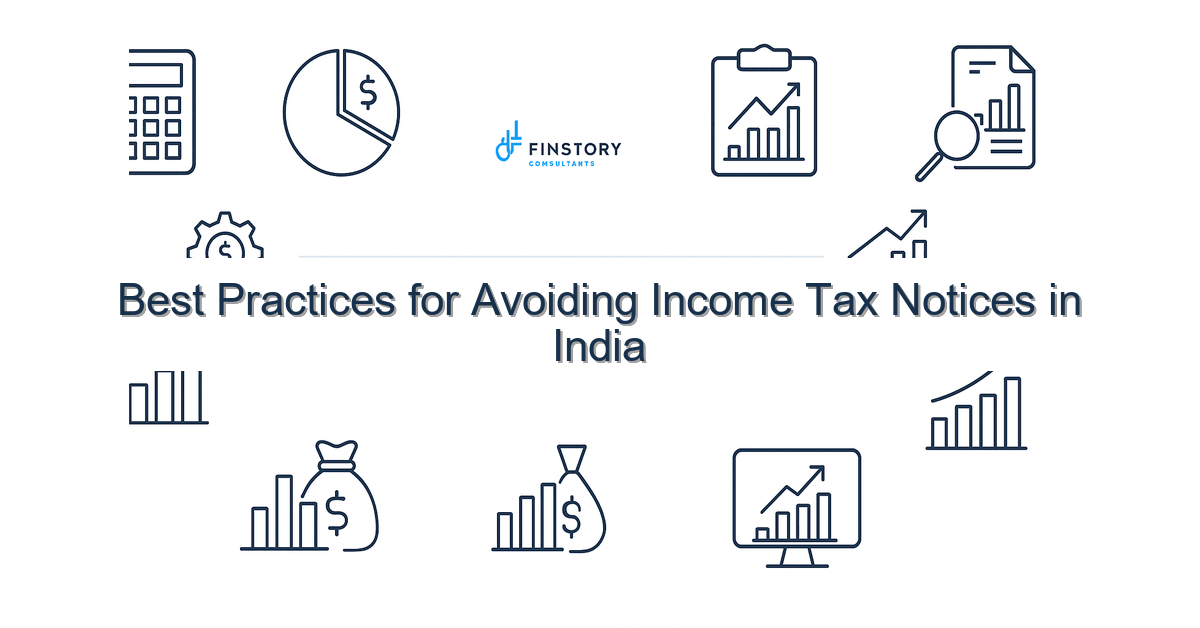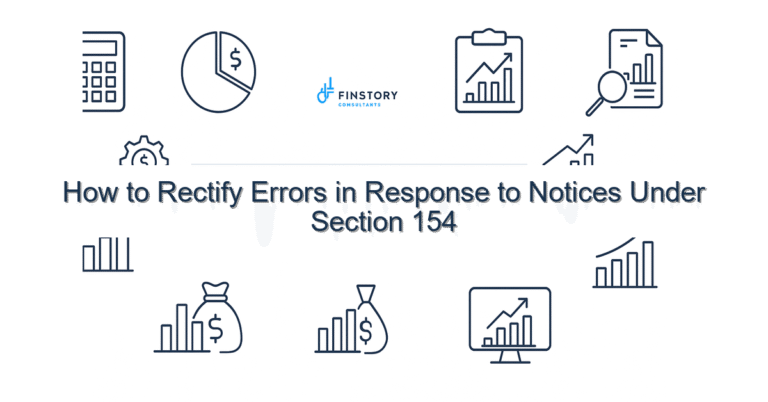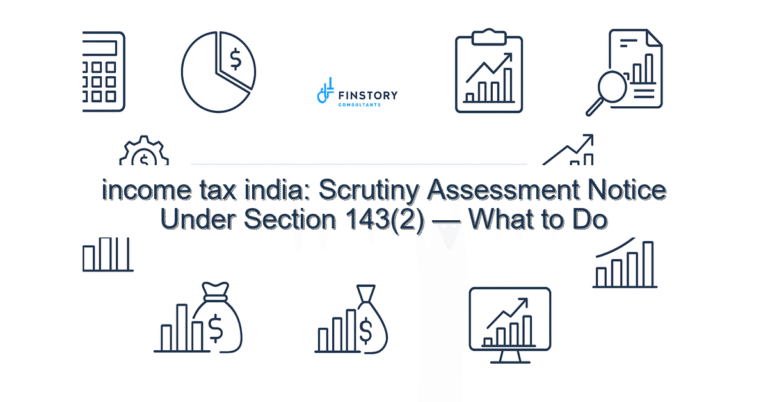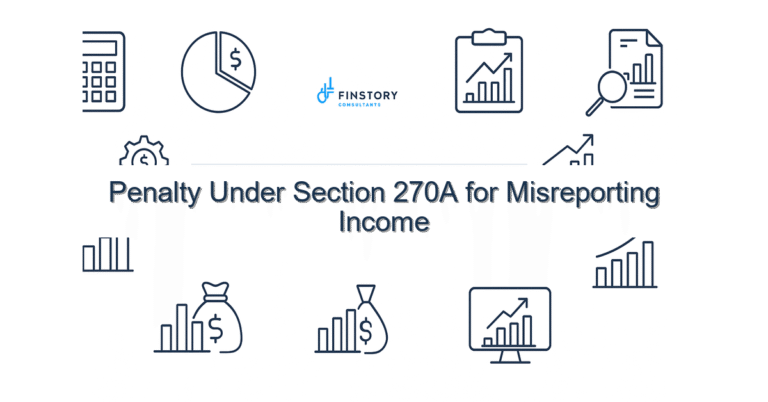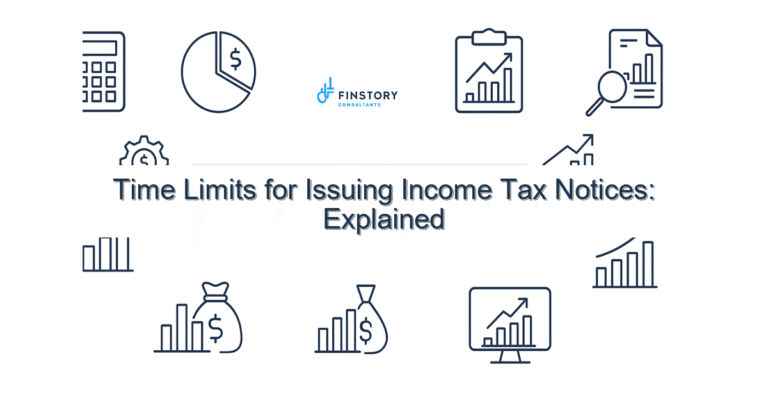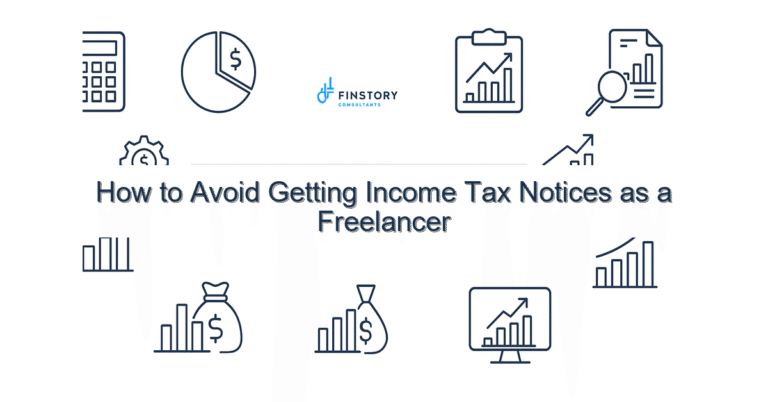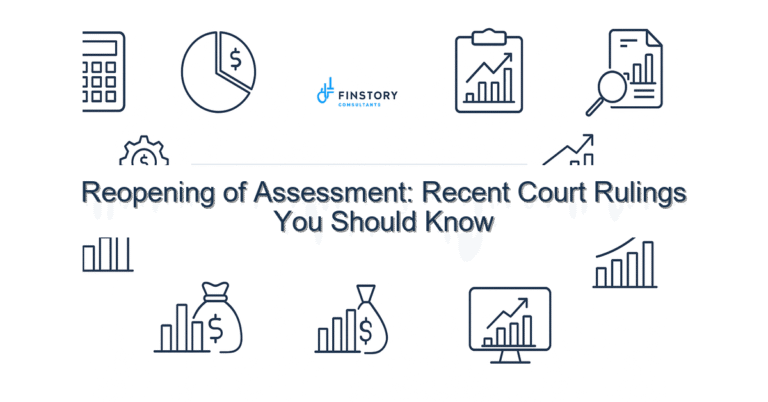Best Practices for Avoiding Income Tax Notices in India
Getting an income tax notice is stressful — unexpected paperwork, tight deadlines, and the fear of penalties. You’re not alone: many taxpayers in India worry about notices even when they’ve tried to comply. This guide explains simple, practical steps to reduce notice risk and keep your filings clean.
Summary: The key to avoiding income tax notices is organised records, timely reconciliation (AIS/26AS vs your books), correct ITR selection, and proactive responses to TDS/TCS mismatches — apply a 3-step routine, use the e-filing portal and tools, and you’ll cut notices and speed refunds.
What’s the real problem in India?
India’s tax system works well when reporting is consistent. But confusion around AY/PY (Assessment Year/Previous Year), CBDT timelines, multiple forms, and evolving rules (new vs old regime slabs, TDS/TCS updates) create gaps that trigger automated notices. The income tax machinery increasingly uses data matches (AIS/26AS) to identify discrepancies — and mismatches often generate notices before any substantive review.
- Symptom: Unexpected TDS/TCS mismatch between Form 26AS and your ITR or books.
- Symptom: Missed ITR filing last date or rushed filings with incomplete disclosures.
- Symptom: Incorrect claim of deductions (e.g., exceeding Section 80C limit) or wrong head for capital gains (ignoring capital gains indexation).
- Symptom: Multiple income sources (freelance, stock trades, rental) not reconciled with AIS/26AS.
What people get wrong
Common pitfalls are less about intent and more about process. Taxpayers often assume payroll, brokers or vendors will correct all data. They file hurriedly around the ITR filing last date, choose a tax regime without running numbers, or claim reliefs without proof. TDS/TCS entries on Form 26AS are treated as gospel — but if your PAN is missed or wrong at the payer, the mismatch ends up with you. Also, many ignore small capital gains reporting rules and capital gains indexation benefits for long-term assets.
A better approach
Adopt a simple, repeatable framework to close the gaps that cause notices.
- Monthly reconciliation: Match your receipts and TDS/TCS entries with AIS/26AS and your bank statements.
- Quarterly review: Verify tax projections, claim paperwork (investments under Section 80C limit), and make corrections before year-end.
- ITR accuracy check: Choose the right ITR form, pick between new vs old regime slabs after calculation, and reconcile capital gains with broker statements (apply capital gains indexation where eligible).
- Proactive communication: Fix PAN errors with payers, request TDS correction statements, and retain proof for deductions (receipts, bank UTRs, investment proofs).
- Fast response: If you get a notice, respond early with reconciled AIS/26AS and supporting documents; early replies often stop escalation.
Real-world example: A Bengaluru-based founder discovered an extra ₹45,000 TDS entry on AIS/26AS from a vendor who had mistyped the PAN. By reconciling monthly and contacting the vendor, the founder got a corrected TDS return within 40 days — avoiding a notice and getting the refund processed faster.
Quick implementation checklist
- Download AIS/26AS from the e-filing portal and compare with payroll and bank statements this week.
- Check your PAN across salary slips, bank accounts and broker accounts; correct mismatches immediately.
- Confirm total TDS/TCS for the year against Form 26AS and request corrections from deductors where needed.
- List all investments and receipts that count under Section 80C limit and scan/store proofs electronically.
- Run a basic tax calculation under both new vs old regime slabs to pick the lower tax option for your case.
- Reconcile capital gains with broker P&L and apply capital gains indexation for long-term assets.
- Verify your ITR form selection (ITR-1, ITR-2 etc.) before filing; use [link:ITR guide] if unsure.
- File ITR well before the ITR filing last date; don’t wait for the deadline.
- Store proofs of exemptions/deductions (digital copies) and maintain an indexed folder by AY/PY.
What success looks like
Measurable outcomes to expect when you follow this process:
- Fewer income tax notices — reduce notice risk by 60–80% within a year.
- Faster refunds — reconciled returns and correct TDS speeds up refund processing.
- Lower effective tax — smart use of Section 80C limit and regime choice reduces tax outgo.
- Quicker responses to notices — prepared documentation shortens resolution time.
- Reduced interest/penalties — timely corrections prevent late fees and interest.
- Clear audit trail — easy proof for claims during scrutiny or assessments.
Risks & how to manage them
Risk: Data mismatch (PAN errors, missed TDS). Mitigation: Monthly AIS/26AS checks and immediate follow-up with deductor. Risk: Wrong regime choice. Mitigation: Run calculations both ways annually. Risk: Missing proofs for deductions. Mitigation: Digitise and time-stamp investment receipts early. Risk: Delayed response to notice. Mitigation: Acknowledge the notice immediately and request an extension if needed while preparing documents.
Tools & data
Use these India-specific tools to stay on top:
- AIS/26AS — primary source for TDS/TCS and tax credits; reconcile this first.
- Income Tax e-filing portal — file ITRs, respond to notices, and view pending communications.
- TDS/TCS tracking tools — payroll software, accounting apps, or bank alerts to flag tax deductions in real time.
- Broker statements and Form 16/Form 16A — for salaried and investment income reconciliation.
- [link:tax-saving tips] resources for evidence-backed claims and investment planning.
FAQs
Q: What should I do if Form 26AS shows higher TDS than my records?
A: Don’t ignore it. Notify the deductor immediately, request a correction statement, and keep email/communication records. If the deductor confirms the credit, reconcile bank UTRs and supporting invoices.
Q: Can I change from new vs old regime after filing ITR?
A: You must select one regime for the year at the time of filing; salaried taxpayers have limited flexibility during the year. It’s best to compute both options before finalising. For some categories, the choice can be revised in subsequent years under prescribed rules.
Q: What’s the impact of missing the ITR filing last date?
A: Late filing can attract penalties and limit carry-forward of losses. If you miss the ITR filing last date, file as soon as possible and check for late-filing fees on the e-filing portal.
Q: How do capital gains indexation rules help?
A: Capital gains indexation adjusts the purchase cost for inflation for long-term assets, reducing taxable gains. Always compute indexed cost for assets held beyond the specified holding period to lower tax liability.
Next steps
If notices are keeping you up at night or you want a simple compliance routine, start with a 20-minute review. We’ll check AIS/26AS with your returns, advise on regime choice (new vs old regime slabs), and outline quick fixes for TDS/TCS issues.
Work with Finstory. Speak with an Expert for a personalised plan to reduce your tax outgo and stay compliant. Book a free 20-min consultation.
📞 Need help with Income Tax in India?
Book a 20-min consultation with our tax team. Individuals, founders & MSMEs welcome.
Prefer email or phone? Write to info@finstory.net
or call +91 44-45811170.
